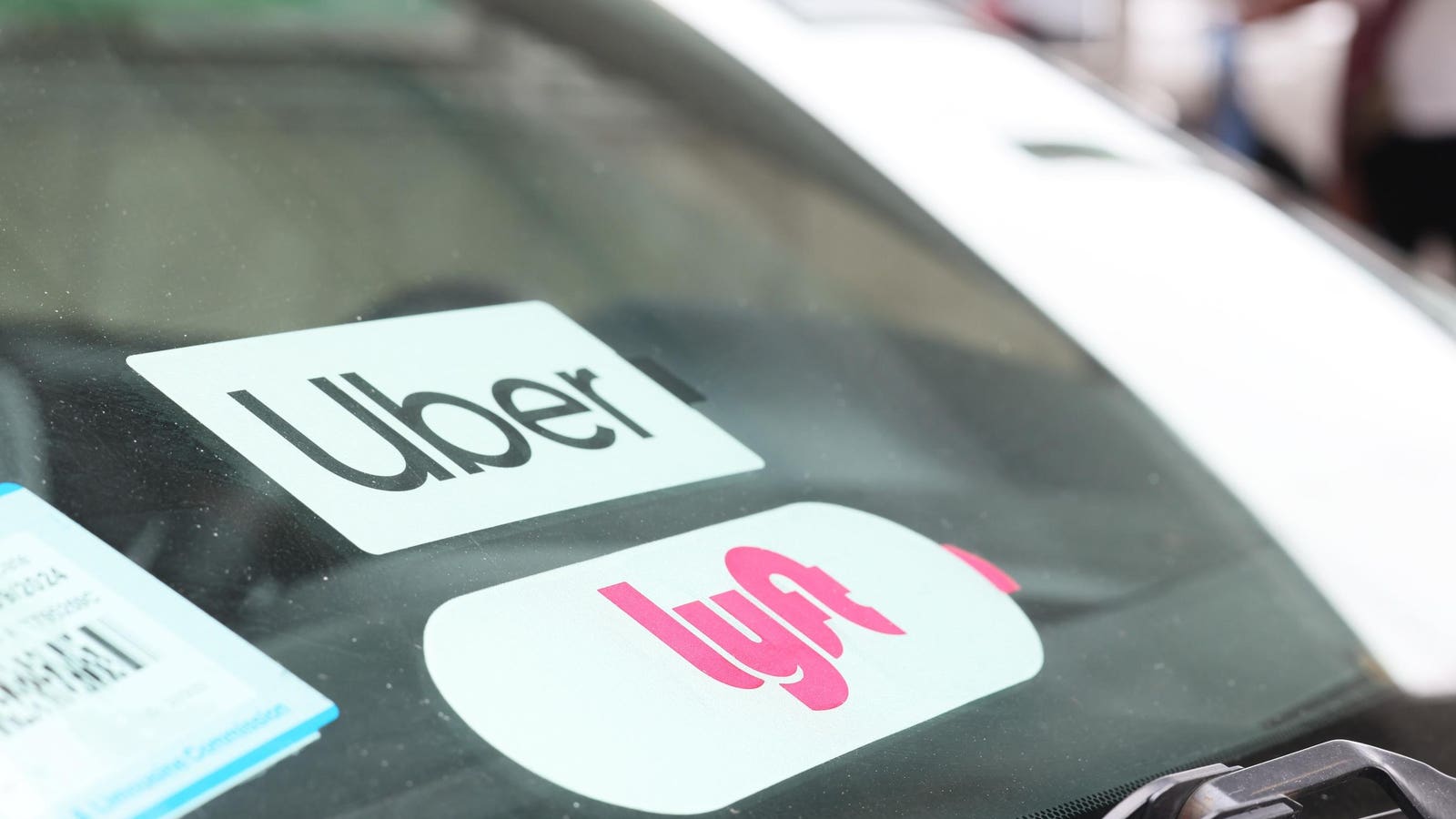
California just became the second state to allow drivers at ride-hailing companies to unionize.
Getty Images
California just became the second state, after Massachusetts, to allow drivers at ride-hailing companies to unionize. Gov. Gavin Newsom just signed new legislation that will allow drivers at companies like Uber and Lyft to join a union and bargain for better wages and benefits. California has approximately 800,000 drivers that are part of the ride-hailing industry. Within different fields and professions around the country, unions provide critical and necessary infrastructure to protect employees, allowing them to advocate for themselves and to ensure they are treated equitably.
Corporations aren’t usually enthusiastic about the formation of labor unions. According to the Economic Policy Institute, even though 60 million U.S. workers want to form unions, the number of active labor unions has declined over the last several decades. Opposition from corporations, and more specifically the union-busting efforts that many corporations often engage in, is a large part of the rapid decline in labor unions that has been seen over the years. Union-busting can include tactics like pushing out union activists and supporters, retaliating against union activists, closing unionized locations (which Starbucks has been accused of), and enticing workers to oppose unionization through rewards. According to the U.S. Department of the Treasury and the Economic Policy Institute, unions provide several benefits including higher wages for employees, more health insurance coverage for workers, and better employee benefits overall.
AFL-CIO labor union Greyhound Bus Drivers joined Station employees on picket line outside Greyhound Station in downtown Los Angeles, November 9, 1983.
Getty Images
According to 2024 data from the Bureau of Labor Statistics, the industries with the highest unionization rates in the U.S. include education, training, library occupations and protective service occupations. The data also indicated that men had a higher union membership rate (10.2%) compared to women (9.5%) and that more Black workers were union members (11.8%) compared to white (9.6%), Asian (8.5%) and Hispanic workers (8.5%). Nonunion workers had median weekly earnings that were 85% of the earnings for workers that were part of unions, and Hawaii (26.5%) and New York (20.6%) were the states with the highest union membership compared to North Carolina (2.4%), South Dakota (2.7%), and South Carolina (2.8%), which had the lowest union membership rates.
Workers from historically marginalized populations are disadvantaged in several ways in the workplace and often have fewer protections; an article from the Michigan Law Review indicates that racial and ethnic minorities and women experience “disproportionate violations of labor standards laws concerning minimum wage, overtime, and occupations safety and health.” 2021 data from Pew Research Center indicates that Hispanic and Black Americans are more likely than white Americans to be doing gig work. Workplaces that allow employees to unionize provide a pathway for worker equity, especially for employees on the margins who are already historically excluded.
In the U.S., the National Labor Relations Act (NLRA) “protects the right of employees to form or join a union or refrain from doing so.” Employees interested in starting a union need at least 30% of coworkers to sign union authorization cards signifying their interest and a petition must be filed for a union election with the National Labor Relations Board (NLRB). Legislation like what Newsome has recently enacted in California along with laws that are currently in place in Massachusetts, set a powerful precedent for workers everywhere. The protection and support of gig workers, who often have fewer labor protections, in one city or state, can have spillover effects in other low-wage industries like food and beverage services, where employees have the lowest unionization rates in the country. Unions provide a wide range of benefits for both workers and companies. The introduction of more laws that support unionization is a win for workers everywhere.

